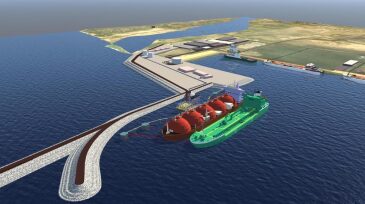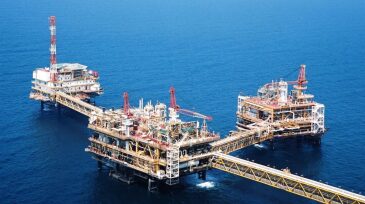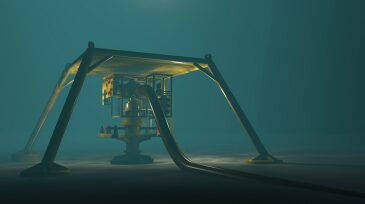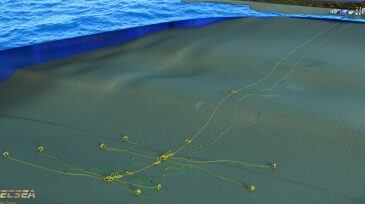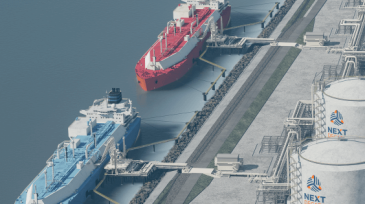Onshore/Offshore Facilities
Sponsored
Advance your career with the new Pipeline Engineering Program at the Technical University of Leoben, a 5-month course combining on-campus and online learning, integrating industry expertise, engineering practice, and future-ready skills for professionals in oil, gas, and emerging energy systems.
Plans call for license partner Aker BP to serve as operator during the development phase, with operatorship reverting to DNO after first oil in 2028.
Production from the Búzios field now tops 1 million B/D with six floating production systems in operation and more on the way.
-
AG&P breaks ground on Karaikal LNG.
-
Qatar has reportedly delayed the selection of Western partners for its massive North Field LNG project.
-
This paper identifies potentially significant hidden value of subsea multiphase boosting technology, or aspects of it that have not received adequate attention during the field-development decision-making process.
-
The Dalmatian project is a brownfield development and represents the world’s longest multiphase tieback by boosting at some 35 km; the boosting system is installed at approximately 6,000 ft water depth.
-
The motto of the Olympic Games is “Citius, Altius, Fortius,” Latin for “faster, higher, stronger,” which emphasizes the concept of pushing the limits. As an engineer, that approach really speaks to me—and offshore installations, and especially offshore tiebacks, illustrate that concept very well.
-
Aker BP showcased the Spot robot recently. Spot will be part of the company's initiative that will explore how robotics systems can be used to make offshore operations safer.
-
Eni conducted a research project to explore the maturity of new technologies to enable economical development of deepwater prospects with tieback distances longer than 50 km and 150 km, respectively, for oil and gas fields.
-
This case study describes how gas condensates within a subsea tieback system behave very differently to condensed water from a wet-gas system and therefore a pseudo dry-gas system needs to be configured differently for gas-condensate developments.
-
Texas facilities get green light to export LNG. US export capacity is expected to almost double over the next 5 years.
-
The unseasonably warm weather in the northern hemisphere and the rise of the global supply levels has resulted in record-low LNG prices. Adding to that, the coronavirus epidemic in China has reduced business and industrial activity, with January’s LNG imports dropping by about 10% year on year.




